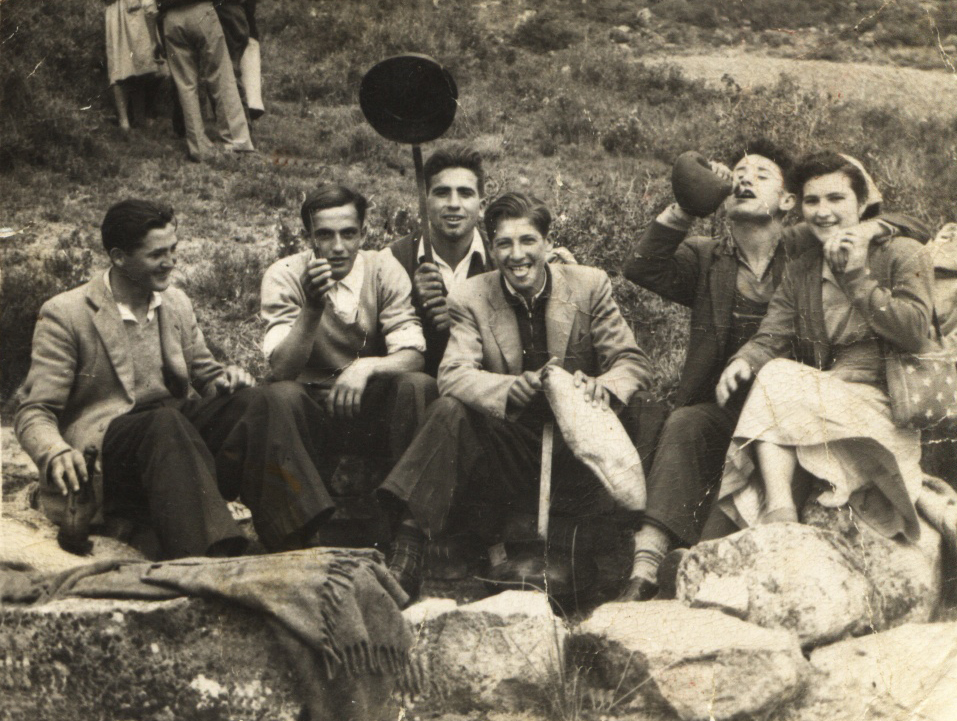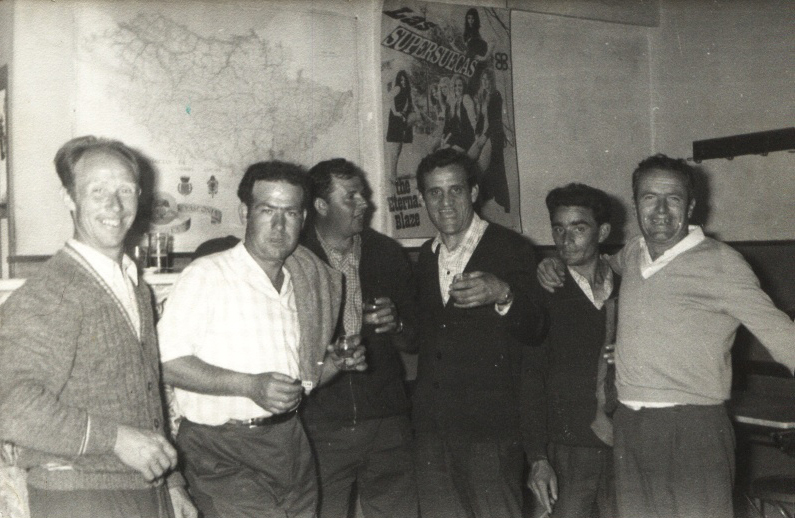Basque ethnography at a glance
Wine has likewise had important uses both in popular medicine and family diet.
Within the daily therapeutics of yesteryear’s Navarrese society, so far removed from medicines and drugs, wine and its derivatives helped in combating numerous diseases. Compresses of vinegar and salt served as a remedy for sprains in Améscoa and insect bites in San Martín de Unx. Vinegar being considered an efficient wound disinfectant, a good rub of it would fight ringworm in Izurdiaga, chilblains in Larraga, and even rabid dog bites in other localities. Vinegar patches to minimise the effects of cold sore outbreaks was another common use.
Wine would improve transpiration in case of infectious catarrh, and boiled with rosemary made an excellent concoction to attack dry cough. Much the same applied to cognac. A healer from the mountains of Navarre, it is said, kicked an incoming cold with a bottle of cognac and a large beret: lying on the bed fully clothed and with both feet inside the beret, the sick was compelled to drink cognac until getting to see two berets in the feet, unmistakable evidence of the cure. Wine was employed as a base for the preparation of ointments to remove splinters, heal burns and treat whitlow. A rubdown of boiled wine and rosemary mixed with moonshine and camphorated alcohol relieved the discomfort caused by rheumatism and inflammation. There were places where turpentine and nettles were added to the mixture. In order to lower blood sugar the following was recommended in Bera: one should place two bouquets of parsley in a glass of white wine, leave it out in the cold of the night and have it on an empty stomach in the morning. If the aim was to reduce water retention, biscuits and wine proved to be the winning combination.
The risks of wine were also taken into account. In San Martín de Unx children were reprimanded for biting their fingernails, because otherwise, when you get old and drink wine, you lose your mind, as happened to a neighbour.
Needless to say, wine played a significant role in the homemade recipes transmitted to us by our grandmothers. Typical dishes such as dove or wild boar stew, lamb casserole in tomato and pepper sauce, bread in broth or some good fried sausages cannot be conceived without a generous amount of wine, an essential ingredient, although not the only one. In the Navarrese Pyrenees a drink of broth mixed with red wine, known as fransaina, acted as a powerful stimulant and was the ideal aperitif on feast days after high mass.
By the same token, vinegar had diverse culinary applications, not only to dress lettuce, cardoon, asparagus and even salt fish salads or to wash pork giblets, but as a key additive for brining pork shoulders and loins.
All what precedes reflects the meaning and importance of wine in our traditional society.
Francisco Javier Zubiaur – Etniker Navarre – Etniker Euskalerria Groups
Translated by Jaione Bilbao – Language Department – Labayru Fundazioa
References for further information: Popular Medicine and Family Diet, both part of the Ethnographic Atlas of the Basque Country collection.



